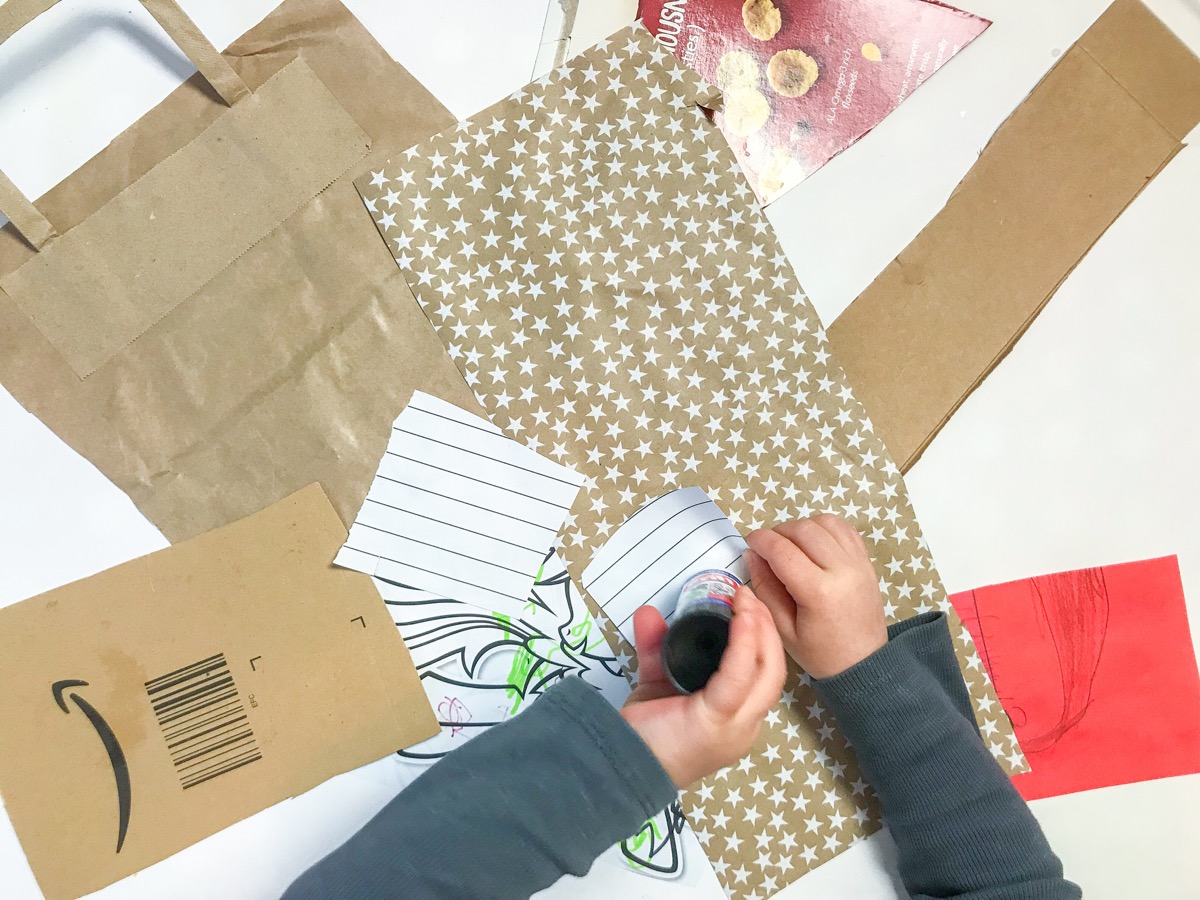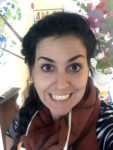
Creating collages is not uncommon in any elementary school or house with children residing in it. In fact, having children and collages sort of come hand in hand. It is a tactile way of learning and creating something that isn’t just done with a pen or pencil. But do you know when the ‘collage’ caught the attention of the art world and revolutionised the way many artists in the 20th century created their artwork?
From as far back as 15th century Renaissance, painters have been striving to create an illusion for the viewer on a two dimensional surface. An illusion that may see you gazing out of a window into a landscape or still life. This was meticulously created with precision, using perspective and the use of tonal gradation (shadows) to present something you could mistake as reality.
The Cubists believed this illusion was false and strove to give the viewer a more honest representation of the world. To do this they broke their compositions down into fragments, like a broken mirror. Their subject matter was flattened and drawn from all angles, presenting a 360 degree picture. A more accurate and honest depiction, in their opinion.
As with many modern art movements, their names came about from art critics, generally being rather rude about their work! In Paris 1908, an art critic by the name of Louis Vauxcelles called these pieces, ‘bizarreries cubiques’, translated, ‘cubist oddities’. And so, Cubism was born!
So who were the Cubists?
The pioneers and creators of the Cubist art movement are Pablo Picasso (1881-1973) and Georges Braques (1882-1963). Meeting in 1907 in Picasso’s studio they began a friendship and mutual mentorship that some art institutions claim to be one of if not the most important friendships in the history of art.
From that time, Braques says:
‘The things that Picasso and I said to one another during those years will never be said again, and even, if they were, no one would understand them anymore. It was like being roped together on a mountain.’
Oh to have been a fly on the wall, we wonder what we would have heard?!
Soon other artists joined their movement. To name a few; Juan Gris (1887-1927), Albert Gleizes (1881-1953), Jean Metzinger (1883-1956) and Robert Delaunay(1885-1941). These artists paved the way for artists in other art movements that were rising around them. The Futurists and Dadaists both used collage and continued to push the boundaries of what art was.
Cubism is split into two stages. The first stage is called by art historians Analytical Cubism. These paintings become more and more abstract, the planes of the painting shattering more and more. Colours become very muted with browns, beiges, blacks and blues.
‘Analytical cubism was about breaking down an object (like a bottle) viewpoint-by-viewpoint, into a fragmenting image; Whereas Synthetic cubism was about flattening out the image and sweeping away the last traces of the illusion to three-dimensional space’.
Tate.co.uk
From 1912-14 Synthetic Cubism came into being. Picasso and Braque began to start experimenting with creating works with pasted paper. After being inspired by Picasso’s method of collaging Braque created his own process called, papier collé where he pasted paper onto flat mount. Whereas Picasso’s collages had three-dimensional elements, Braques remained paper based and mostly two-dimensional.
Some items they used in their mixed media works were:
- Wallpaper
- Newspaper
- Paper
- Textured paper
- Stencilling
- Sand mixed into paint
- Faux marble and grain patterns painted and drawn on to paper
Creating your own Synthetic Cubist Collage
What you will need:
- Scissors
- Glue – stick glue or PVA variety
- A3 white paper
- Items from your recycling – paper, newspaper, cereal boxes, cardboard boxes, egg cartons, old yogurt cups, milk tops, string, magazine clippings, kids old paintings or drawings, old wrapping paper, string etc.
Instructions:
- Decide what you might like to depict with your children. A car? A vase with flowers in it? A violin or guitar? Some fruit? Make a sketch to get a better idea of how to draw what you would like to have. You will be drawing it on a bigger scale in a moment and cutting it out. We decided on a violin.
- Collecting all your recyclable items, choose which pieces you will be using for the main focus of your collage and set those aside for now. With all the other pieces, cut them into large squares or rectangles, long and thin, thick and wide etc. There should be a good variety of shapes, sizes and colours.
- Now with your glue stick them on to the middle of your white A3 paper starting from the middle and overlapping pieces so they begin to spread outwards. You don’t want the entire paper to be covered but they can be at fun angles as well as overlapping.
- Now draw out your ‘item’ you are depicting and cut out the outline with your scissors. Make sure to make it a good decent size.
- Now cut your item into two to three sections and stick them around your A3 paper on top of all the other stuck down bits. These bits represent your cubist depiction of that object. All the pieces are now fragmented! If you have any three-dimensional pieces, now add them in. We used string and a cut open yogurt cup drink.
- If you like why not stencil some lettering over a part of it. Did you do a guitar shape? How about ‘Hey, Diddle, Diddle?’ How about a Car or a Bus? Why not put on ‘The Wheels on the Bus’? Anything goes!
Don’t forget to follow us on Twitter, Instagram, Pinterest, and Facebook!
 Contributor
Contributor
Grace Selous Bull is an arts education author and freelance blogger. Her book, ‘Potty About Pots: arts and crafts for home and school’ is aimed at children from 5-12 years old and takes them through a journey of ceramics through time. She is a full time Mummy of two girls, both of whom love being creative, and is married to her husband, Andrew, who does not.
Original content © 2019 Super Simple. Not to be reprinted without express written permission. Terms of Service.

